Gaza City / Tel Aviv, October 10, 2025
A fragile ceasefire between Israel and Hamas has officially taken effect, raising cautious hopes for an end to one of the most devastating conflicts in the region’s history. After more than two years of relentless warfare, the agreement — brokered through intense diplomatic efforts by the United States, Egypt, and Qatar — has brought a temporary halt to airstrikes, rocket fire, and ground operations across the Gaza Strip.
The truce, which began at noon local time, follows weeks of high-stakes negotiations and represents the first sustained pause in hostilities since the conflict erupted in October 2023. Though both sides have expressed skepticism, the deal offers a rare moment of reprieve for millions of civilians caught in a humanitarian catastrophe.
The Terms of the Agreement
According to officials familiar with the negotiations, the ceasefire calls for a phased exchange of hostages and prisoners, a withdrawal of Israeli forces from major population centers, and a significant increase in humanitarian aid entering Gaza.
In the first stage, Hamas has agreed to release 20 Israeli hostages — mostly women, elderly civilians, and those with serious medical conditions — within the next 72 hours. In exchange, Israel will free 250 Palestinian prisoners, including a mix of long-term detainees and individuals arrested during recent military operations.
The agreement also stipulates that aid convoys will begin entering Gaza through designated border crossings, with up to 600 trucks of food, medicine, and fuel permitted each day. Humanitarian organizations have warned that the crisis in Gaza has reached a breaking point, with shortages of clean water, electricity, and medical supplies pushing the population toward famine.
War’s Devastating Toll
The Gaza war, now entering its twenty-fifth month, has exacted an immense human cost. More than 67,000 Palestinians have been killed since the fighting began, according to local health authorities, and entire neighborhoods have been reduced to rubble. Thousands more remain missing, presumed trapped under collapsed buildings.
Israel has suffered heavy losses as well, including hundreds of soldiers killed in combat and dozens of civilians lost to rocket attacks and cross-border raids. The war began with a large-scale assault by Hamas militants in southern Israel in 2023, which left over 1,200 Israelis dead and triggered a massive military retaliation.
Gaza’s infrastructure has been obliterated. Hospitals are running on emergency generators, schools have become makeshift shelters, and the healthcare system is near collapse. The United Nations has described the enclave as “uninhabitable,” warning that more than 80 percent of the population has been displaced from their homes.
A Tense but Hopeful Pause
As the ceasefire took effect, scenes of cautious relief unfolded across Gaza. Families displaced by months of bombardment began making their way north, hoping to find what remains of their homes. Others lined up for food and fuel as humanitarian convoys started to cross into the territory.
In Tel Aviv, the atmosphere was subdued. While many Israelis expressed hope that hostages might finally return home, others voiced concern that Hamas could use the ceasefire to regroup militarily. Prime Minister Benjamin Netanyahu described the truce as “a necessary step for the return of our citizens” but warned that Israel would “respond forcefully” if Hamas violated the terms.
Hamas leaders, for their part, hailed the deal as a “victory for resistance” but insisted that the lifting of the blockade and reconstruction of Gaza remain their ultimate demands.
Global Reaction and Diplomatic Momentum
World leaders and humanitarian groups have broadly welcomed the ceasefire. The United Nations called it a “critical breakthrough” and urged all sides to ensure its longevity. U.S. President Joe Biden praised the agreement as “a hard-won opportunity to turn the page toward peace,” while Egyptian and Qatari mediators emphasized the need for sustained dialogue to transform the temporary truce into a permanent settlement.
European Union officials announced plans for a multinational monitoring mission to oversee the ceasefire’s implementation and prevent renewed violence. Humanitarian agencies are preparing for what they describe as the largest coordinated aid delivery to Gaza in decades.
Still, many analysts remain cautious. Similar ceasefires in the past have collapsed within days amid mutual accusations of violations. This time, diplomats are hoping that the enormous toll of the war will push both sides toward restraint.
The Questions That Remain
Despite the hopeful tone, critical uncertainties hang over the ceasefire’s future.
- Will Hamas disarm or rearm? Israel has made clear that any rearmament will trigger renewed military action.
- Who will govern Gaza? Discussions are ongoing about whether the Palestinian Authority, backed by international oversight, could return to manage the territory.
- Can reconstruction begin? With much of Gaza in ruins, rebuilding efforts could take years and cost billions of dollars — money that will require cooperation between bitter rivals and foreign donors.
The fragile nature of the agreement means that even small incidents — a border clash, a rocket misfire, or a political dispute — could unravel progress overnight.
A Nation in Ruins, a People Exhausted
For the people of Gaza, this ceasefire represents a sliver of hope after endless nights of fear and destruction. Parents have begun searching for missing relatives; children have returned to the remnants of their schools; and humanitarian workers are racing to deliver aid before the next potential flare-up.
“We have lost everything,” said one displaced father in Khan Younis. “But maybe, just maybe, this silence will last.”
In Israel, families of hostages cling to hope that the truce will bring their loved ones home. “We have waited two years for this moment,” said a mother of a captive soldier. “We pray it’s not another false dawn.”
The Road Ahead
Even as guns fall silent, the political challenges that fueled the war remain unresolved. Gaza’s reconstruction, security control, and the long-standing Israeli-Palestinian dispute over statehood continue to cast long shadows.
Diplomats describe the coming weeks as a “make-or-break” period. If the ceasefire holds, it could pave the way for a broader regional dialogue — possibly even a framework for lasting peace. If it collapses, the region risks plunging back into another cycle of devastation.
For now, as night falls over Gaza and southern Israel, the skies are quiet — for the first time in years. Whether that quiet becomes peace, or merely another pause before renewed violence, will depend on what happens next.

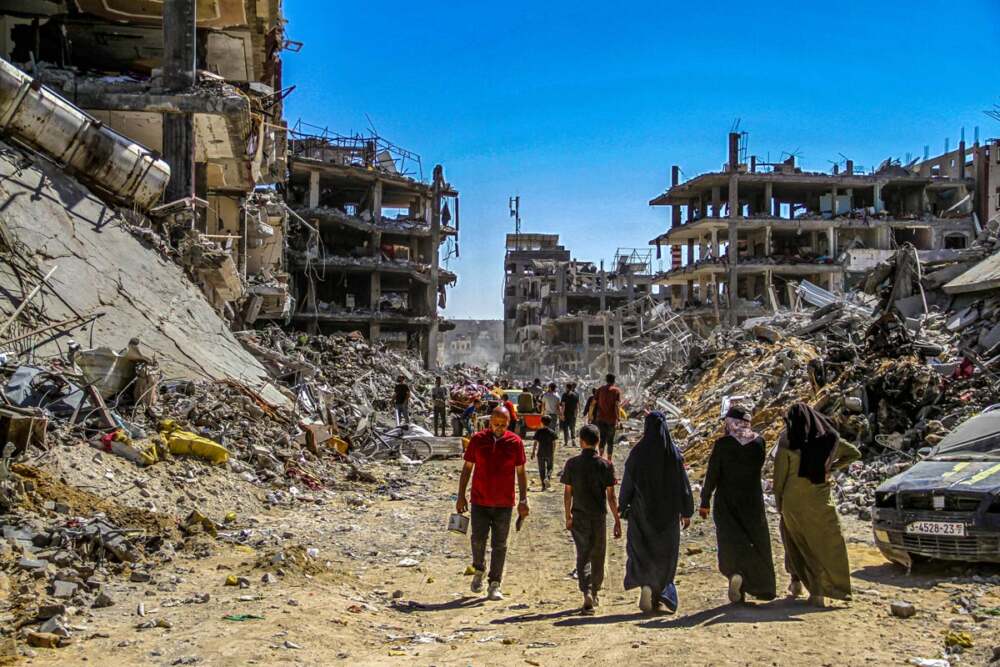





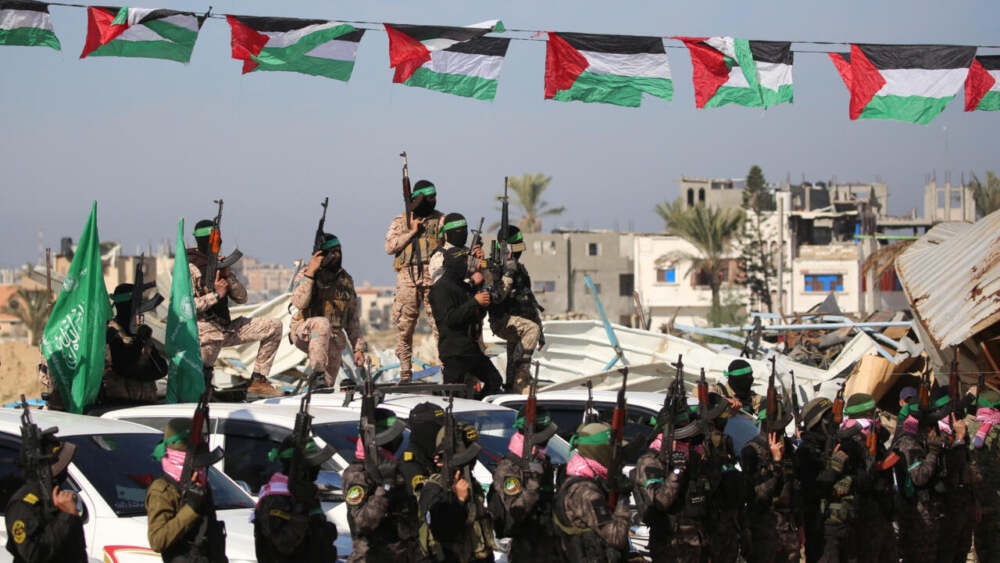
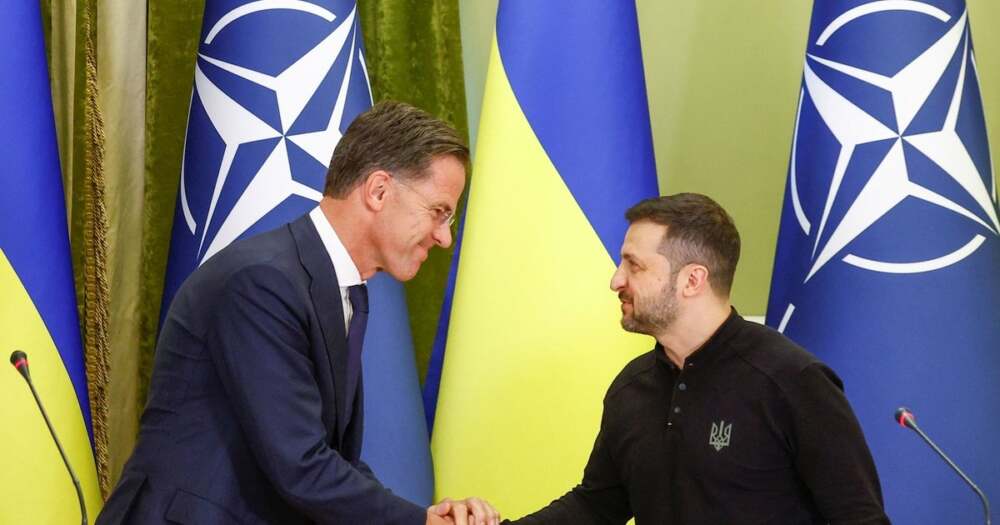
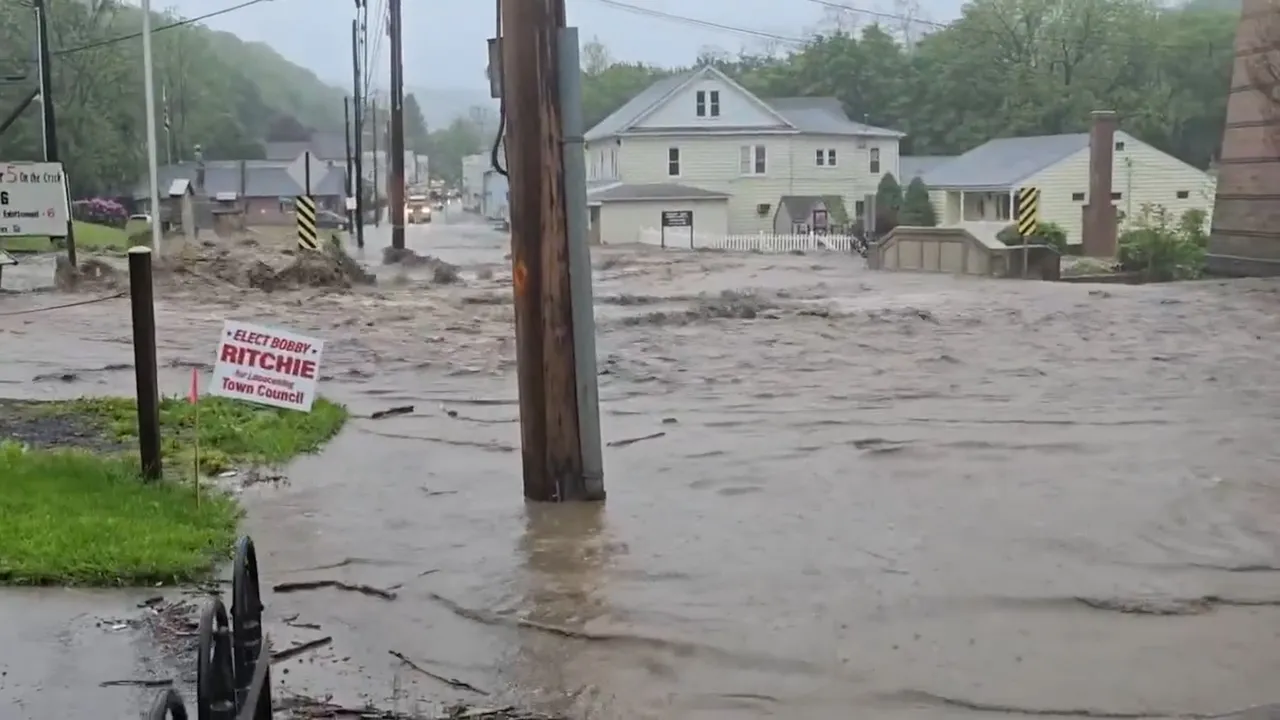
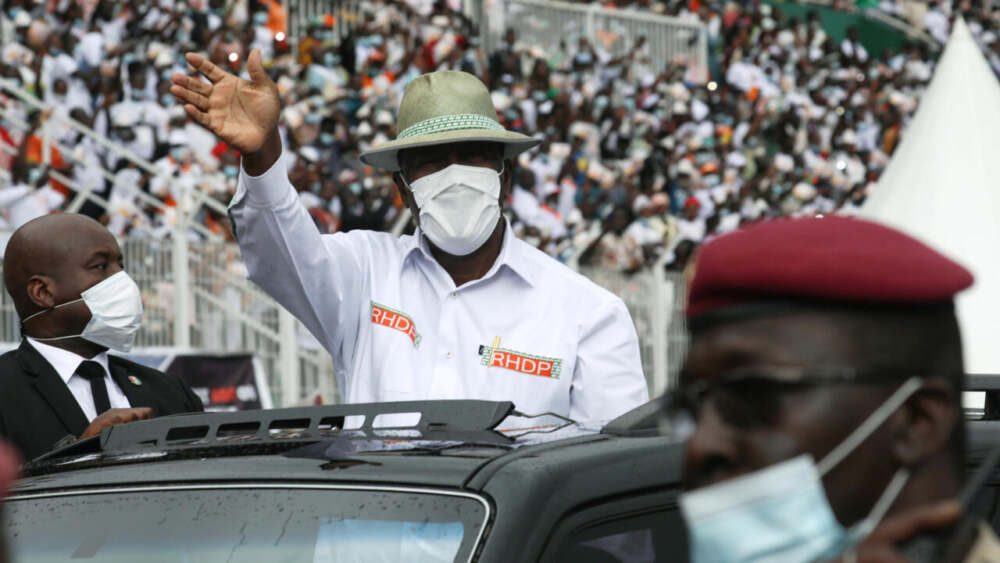
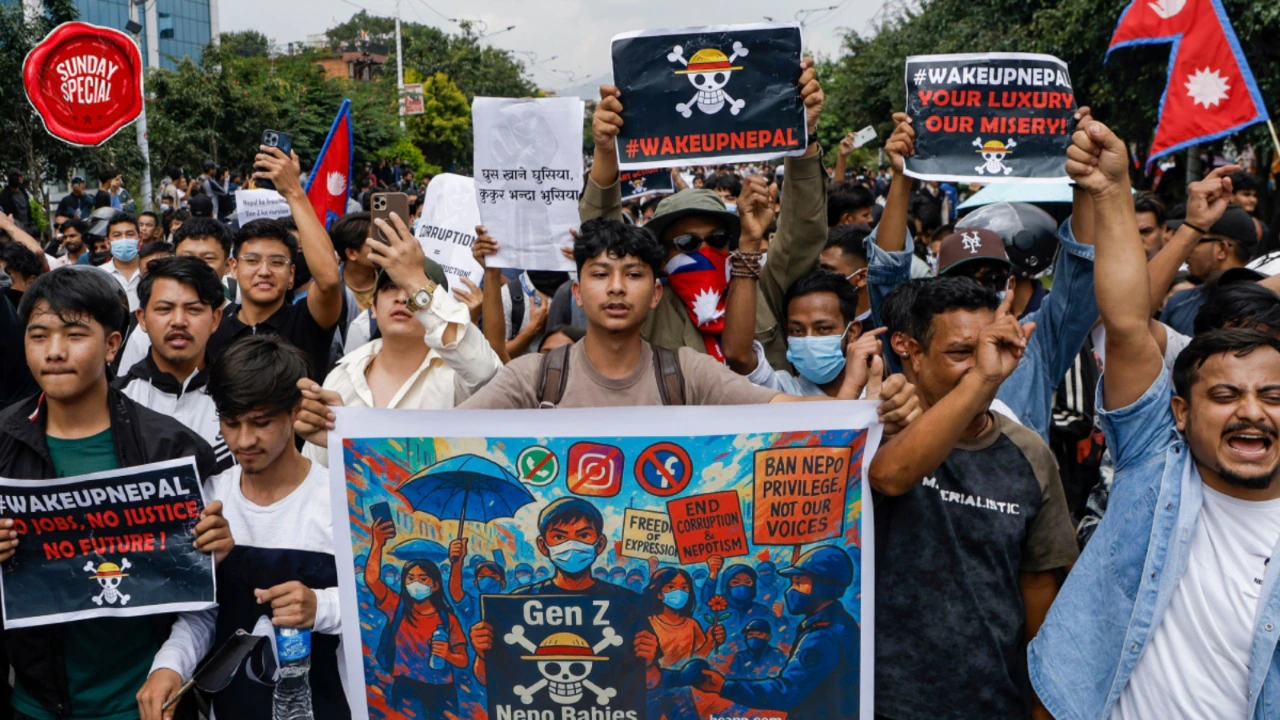




Leave a Reply